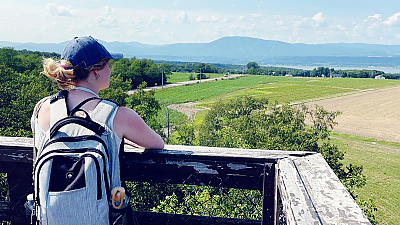A day on Ile d’Orleans, with reflections from Owain and Ian
After another fruitful class session, we loaded into the Landmark van and drove to Ile d'Orléans, northeast of the city. We spent the day enjoying the natural splendor of the island. The island was one of the first parts of this area to be colonized by French settlers. It's beautiful and quaint. This visit allowed students to reflect on human communication with nature, as well as some of the themes of history, family, and language that we have explored in this course.
We circled the whole island: we stopped at an observation tower, visited a small church and cemetery, had the opportunity to walk on the rocks along the shoreline, and had ice cream cones. We got lots of fresh air and even a bit of sun.
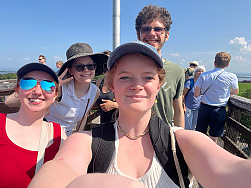
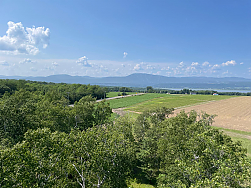
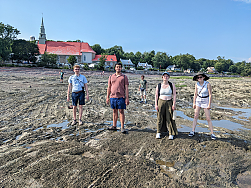
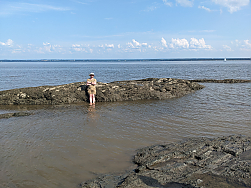
***
Owain and Ian's reflections on our visit to the island; all photos by Owain Lucas:
We woke up early in the morning to get ready to hop on the van and drive to our next spot, Ile d'Orleans! Upon crossing the Pont de l'Île, what came afterward was an island on the St. Lawrence River that was fascinating, not only in its beauty but its culture and its people. The shorelines of the island consist of interesting and beautiful rock formations, located on the southern side of the island:
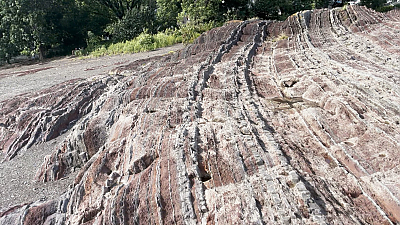
We saw a beautiful chapel with gorgeous windows and seats. The space had a well-maintained cemetery as well. It is important to the people in Quebec that cemeteries are maintained, including the re-engraving of tombstones to keep them readable.
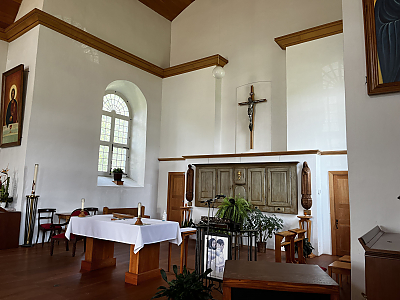
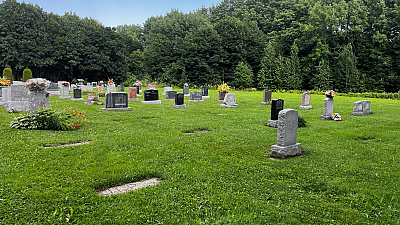
Also shown below is a hybrid sports and hockey rink, which shows the importance of sports to the Quebecois (and more broadly Canadian) culture.
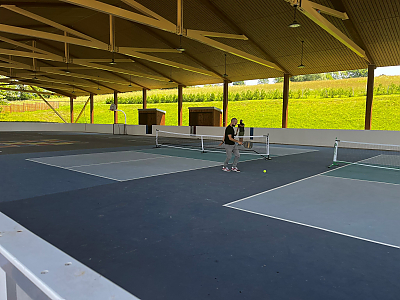
We also got to take a bird's eye view of the island, and the farmlands that cover it, from the top of an observation deck. The view was simply spectacular!
